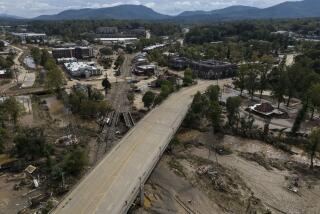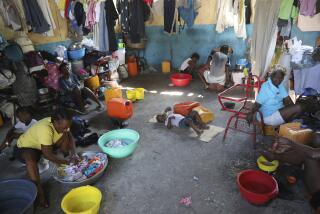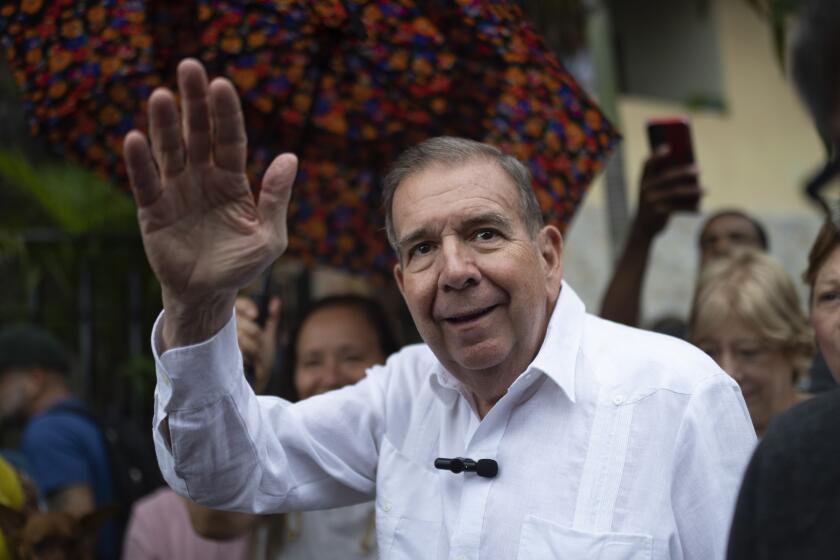WILMINGTON : Storm Debris Threatens Harbor Wetland
Stretching over 230 acres in industrial Wilmington, Ken Malloy Harbor Regional Park is a rare slice of nature where migratory birds stop over and people can enjoy a sense of peace.
But the park’s most prominent feature, 40-acre Machado Lake and its associated waterways, is being threatened by debris.
After recent storm waters receded, piles of foam cups, plastics and other trash littered the park’s 25-acre freshwater wetland.
Washed from street gutters, the mess entered the wetland through five storm drains used by Los Angeles County as part of its flood control system. Much of the trash still clings six feet high on leafless winter willows.
Adding to the problem, hundreds of gallons of bunker oil flowed into the wetland last week from a nearby line operated by the Fletcher Oil and Refining Company in Carson.
It took about 50 workers six days to soak up the oil and remove oil-soaked debris, said Mark Caywood of the state Department of Fish and Game.
Authorities need to designate the park for a special cleanup project, said Frank O’Brien, spokesman for the Harbor Regional Park Advisory Board, a committee of local park custodians.
“Fortunately, the spill didn’t happen during the nesting season,” O’Brien said, explaining that the young of the endangered least tern forage close to the ground of the wetland.
Under the federal Clean Water Act, he said, the county is responsible for improving the quality of storm waters such as those that empty into the park.
His concerns about water pollution are being addressed regionally now that the county’s five-year storm water permit is up for renewal.
The State Regional Water Quality Control Board is working on plans for improving storm water quality by dividing Los Angeles into six watershed regions.
The plans would coordinate the activities of 88 cities as they affect 4,000 miles of storm drains, board spokeswoman Catherine Tyrrell said.
“We view the pollution problem from storm water as the greatest challenge that faces the (Los Angeles) water quality regulatory community today,” Tyrrell said.
When improvements are made to storm waters that enter the Dominguez Channel watershed, the amount and type of debris that finds its way into Harbor Regional Park, which is a dedicated city wildlife sanctuary, also is expected to get better.
More to Read
Sign up for Essential California
The most important California stories and recommendations in your inbox every morning.
You may occasionally receive promotional content from the Los Angeles Times.










